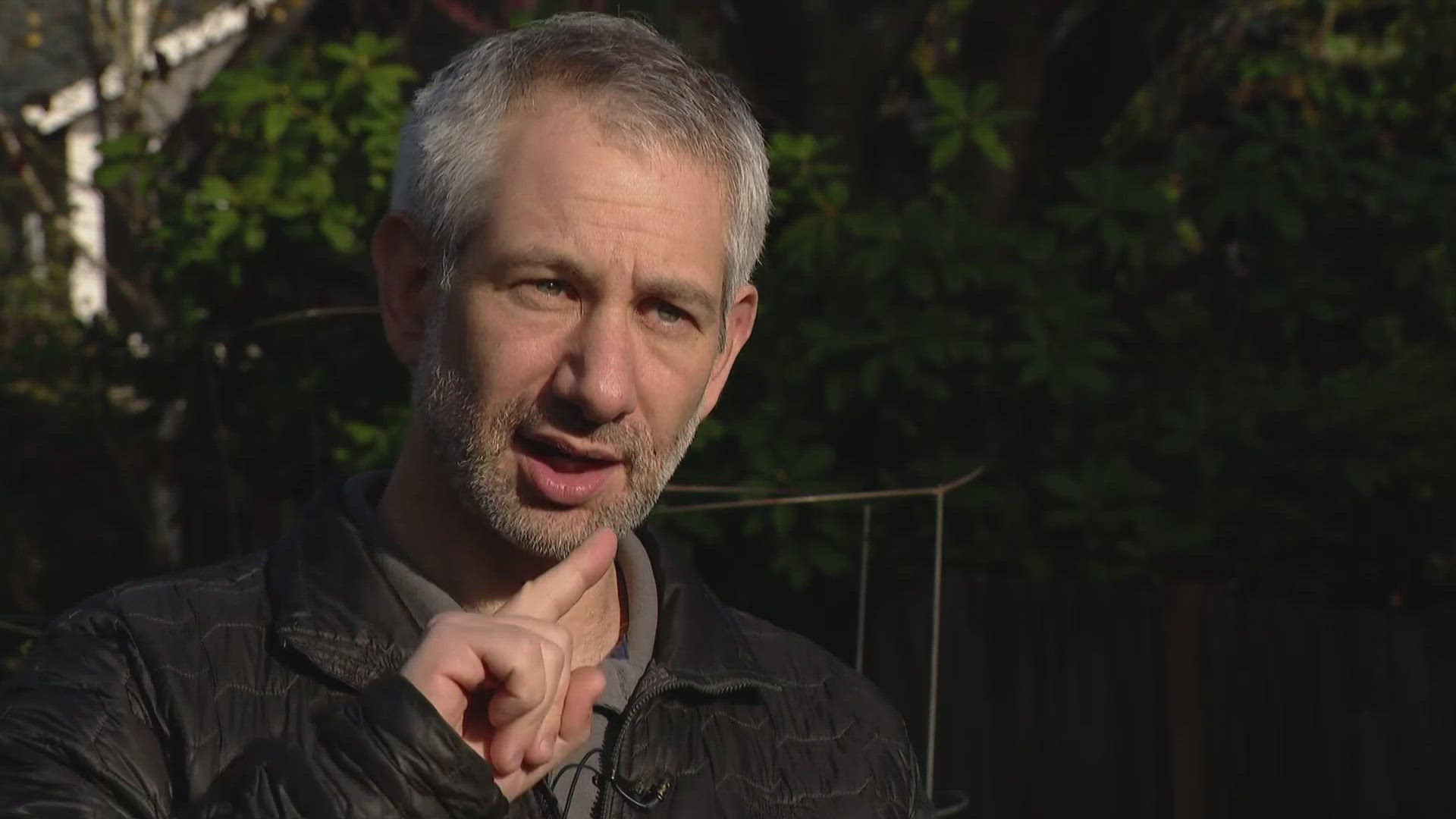SEATTLE -- What's it like to own a business on one of the most troubled blocks in Seattle?
The owner of the McDonald's at 3rd Avenue and Pine Street says he has seen all kinds of crime. But instead of closing his doors, he wants to show the public how much faith he has in the city.
In the heart of downtown Seattle you'll find one of the most crime-ridden corners in the city. A place where commuters, shoppers, and criminals converge.
"This was an intersection and a crossroads that was, perhaps, a hot zone. The hottest zone in the city," said David Santillanes, owner of the McDonald's.
Santillanes should know. His restaurant has seen it all.
In 1995, a Seattle Police officer shot a man inside the restaurant. During WTO, anti-beef protesters shattered windows and spray-painted graffiti on its walls. And over the years, his customers could look out the windows and see multiple shootings and stabbings playing out in the streets.
You could say that the 1970s McDonald's sales slogan, "You deserve a break today," could apply to the restaurant's owner himself.
Santillanes calls it incivility.
"You get folks that come around, they feel they can run a little rampant, a little loose, to get away with whatever they want to get away with. They're going to push the envelope," he said.
So now that Santillanes has started an $800,000 renovation at the restaurant, you'd think he's biting off more than he could chew. But it has the highest foot traffic of any McDonald's in the state and it will be the first in the country with a state-of-the-art conveyor belt.
He described what it will look like when it opens in December.
"The food will travel up and across all the way into the cell over there, where it drops down," he said.
It will drop down to a walk-up window where customers can order food from the sidewalk.
Santillanes decided to pull the trigger on the investment last summer during the city's 9 1/2 block program, where SPD saturated the Pike-Pine corridor with bike patrol officers. The city shut down alleyways and eliminated places like bus stops for criminals to hide.
"The drug element disappeared overnight," he remembered.
During the 9 1/2 block crackdown, reports of misdemeanors went down 21 percent according to SPD. Thefts dropped by 12 percent. Narcotics calls went down 51 percent for the same time the year before.
But as successful as the emphasis was, the city can't afford to keep it up. While police say they're committed to making it safe, their data shows old habits die hard for an area steeped in a history of crime.
"We've seen a slight uptick of events," admits west precinct Captain Chris Fowler. "It wasn't unexpected to have a bit of a step back. Certainly nowhere near what it was before when we started this whole process."
"It's frustrating at times, and perplexing, and has us constantly searching for solutions," said Santillanes.
Part of the solution is hiring a private security firm to protect patrons. Another step is to close earlier than most McDonald's restaurants.
"We close at 10 o'clock at night not because there is no business. It's after that, it's not safe for our employees to be out on the streets," Santillanes said.
Even as crime slowly creeps back in, Santillanes is as optimistic as he's stubborn. He wants his restaurant to show he still believes in the city.
"We need to make it safe and comfortable for all of our visitors and the folks that work downtown and the shoppers that want to come downtown so they will come downtown and have a good time," he said.


